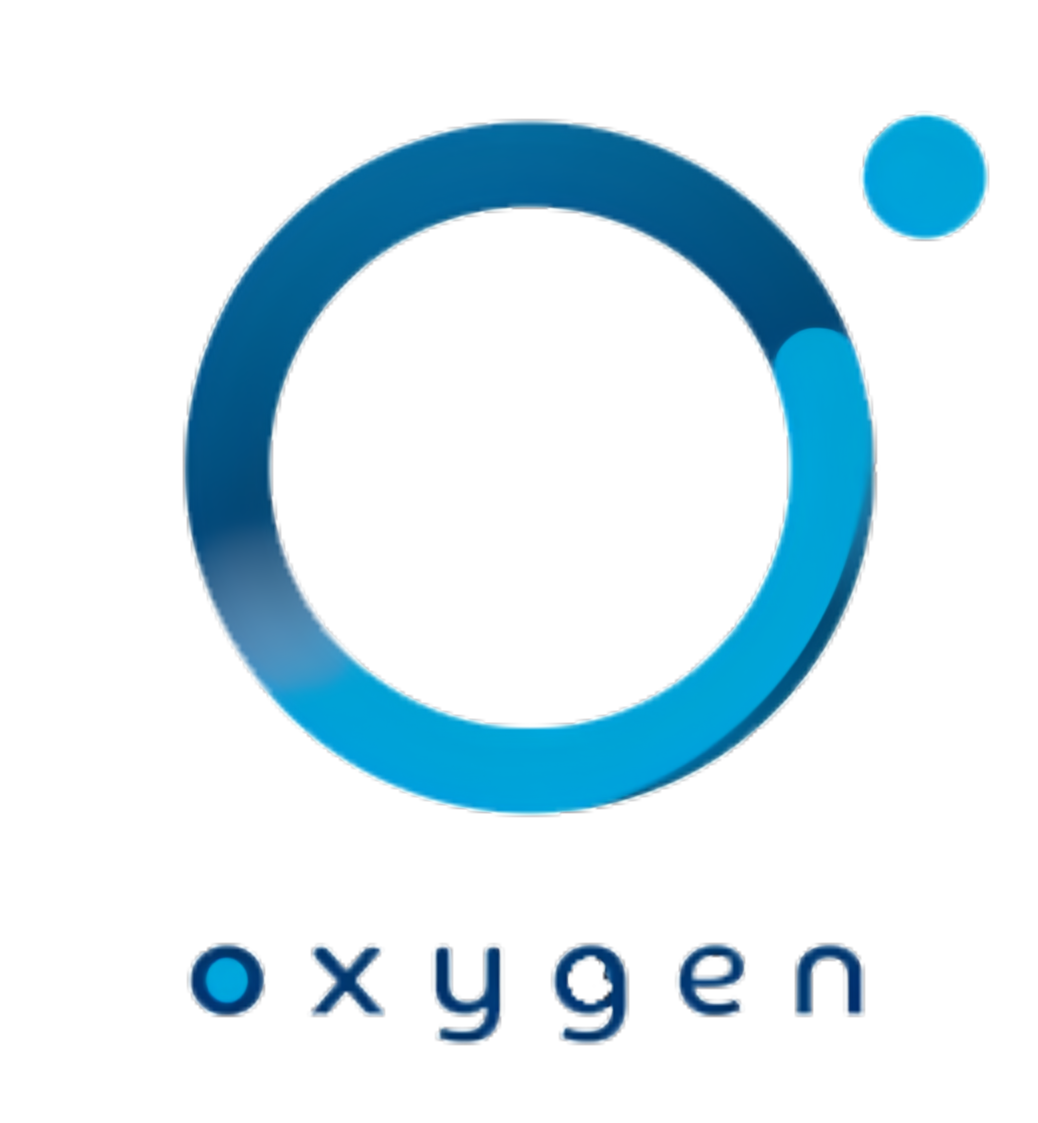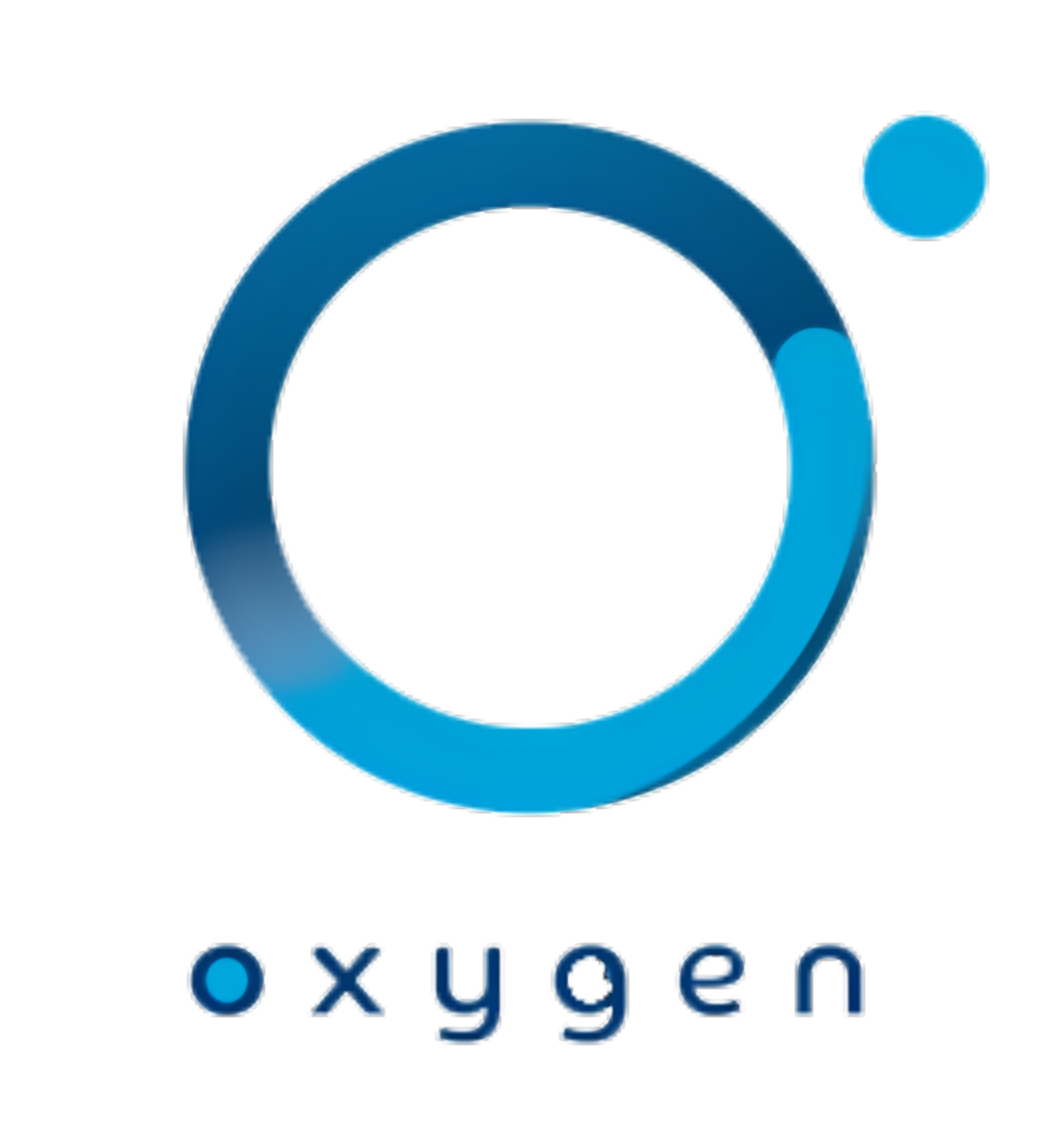How does Oxidation in ZNO-NP help eliminate pollution in the air

Oxidation in Zinc Oxide Nanoparticles (ZnO-NPs) is a powerful mechanism for eliminating air pollution, particularly through photocatalytic oxidation. This process leverages the unique properties of ZnO-NPs to break down harmful pollutants into less toxic or non-toxic substances. Here’s a detailed explanation of how oxidation in ZnO-NPs helps eliminate air pollution:
1. Photocatalytic Oxidation Mechanism
ZnO-NPs are semiconductor materials that can absorb light (especially ultraviolet (UV) light) to generate electron-hole pairs. These electron-hole pairs drive redox reactions that produce reactive oxygen species (ROS), which are highly effective at oxidizing pollutants. The steps involved are:
a. Light Absorption
- When ZnO-NPs are exposed to UV light, electrons in the valence band are excited to the conduction band, leaving behind positively charged holes (h⁺) in the valence band.
ZnO+hν→e−+h+ZnO+hν→e−+h+
b. Generation of Reactive Oxygen Species (ROS)
- The excited electrons (e⁻) reduce oxygen molecules (O₂) to form superoxide radicals (O₂⁻):
O2+e−→O2−O2+e−→O2−
- The holes (h⁺) oxidize water (H₂O) or hydroxide ions (OH⁻) to form hydroxyl radicals (•OH):
H2O+h+→•OH+H+H2O+h+→•OH+H+OH−+h+→•OHOH−+h+→•OH
c. Oxidation of Pollutants
- The ROS (•OH and O₂⁻) are highly reactive and can oxidize a wide range of air pollutants, including:
- Volatile Organic Compounds (VOCs): Converted into CO₂ and H₂O.
- Nitrogen Oxides (NOₓ): Oxidized to nitrates (NO₃⁻).
- Carbon Monoxide (CO): Oxidized to CO₂.
- Particulate Matter (PM): Organic components are broken down into simpler, less harmful compounds.
2. Key Pollutants Targeted by ZnO-NPs
ZnO-NPs are particularly effective at degrading the following air pollutants:
a. Volatile Organic Compounds (VOCs)
- VOCs, such as benzene, toluene, and formaldehyde, are harmful organic chemicals released from industrial processes, vehicles, and household products.
- ZnO-NPs oxidize VOCs into CO₂ and H₂O:
VOC+•OH→CO2+H2OVOC+•OH→CO2+H2O
b. Nitrogen Oxides (NOₓ)
- NOₓ gases, such as NO and NO₂, contribute to smog and acid rain.
- ZnO-NPs oxidize NOₓ to nitrates (NO₃⁻), which are less harmful:
NO+•OH→HNO3NO+•OH→HNO3
c. Carbon Monoxide (CO)
- CO is a toxic gas produced by incomplete combustion.
- ZnO-NPs oxidize CO to CO₂:
CO+•OH→CO2CO+•OH→CO2
d. Particulate Matter (PM)
- PM contains organic and inorganic particles that can harm respiratory health.
- ZnO-NPs break down the organic components of PM into simpler, non-toxic compounds.
3. Advantages of Using ZnO-NPs for Air Pollution Control
- High Efficiency: ZnO-NPs have a large surface area and high photocatalytic activity, making them highly effective at degrading pollutants.
- Broad-Spectrum Activity: They can target a wide range of pollutants, including VOCs, NOₓ, CO, and PM.
- Sustainability: ZnO-NPs are non-toxic, inexpensive, and environmentally friendly compared to other catalysts.
- Reusability: ZnO-NPs can be reused multiple times without losing their catalytic activity.
4. Applications of ZnO-NPs in Air Purification
ZnO-NPs are integrated into various technologies to combat air pollution:
a. Air Purifiers
- ZnO-NPs are embedded in filters or coatings in air purifiers to degrade pollutants as air passes through the system.
b. Photocatalytic Coatings
- ZnO-NPs are applied to surfaces (e.g., walls, windows, or roads) to create self-cleaning and pollution-degrading surfaces.
c. Industrial Emissions Control
- ZnO-NPs are used in catalytic converters or scrubbers to treat industrial emissions and reduce the release of harmful gases.
d. Indoor Air Quality Improvement
- ZnO-NPs are incorporated into paints, fabrics, or HVAC systems to degrade indoor pollutants like VOCs and allergens.
5. Factors Influencing the Efficiency of ZnO-NPs
- Light Intensity: Higher UV light intensity enhances the generation of electron-hole pairs and ROS.
- Nanoparticle Size: Smaller nanoparticles have a larger surface area, increasing their reactivity.
- Pollutant Concentration: Higher pollutant concentrations may require longer exposure times or higher nanoparticle concentrations.
- Environmental Conditions: Humidity and temperature can affect the photocatalytic activity of ZnO-NPs.
6. Example: Degradation of Formaldehyde (a Common VOC)
Formaldehyde is a harmful indoor air pollutant. ZnO-NPs can degrade formaldehyde through the following steps:
- Light Absorption: ZnO-NPs absorb UV light, generating electron-hole pairs.
- ROS Generation: Holes (h⁺) react with water to produce hydroxyl radicals (•OH).
- Oxidation of Formaldehyde: Hydroxyl radicals oxidize formaldehyde into CO₂ and H₂O:
HCHO+4•OH→CO2+3H2OHCHO+4•OH→CO2+3H2O
Conclusion
Oxidation in ZnO-NPs is a highly effective and sustainable method for eliminating air pollution. Through photocatalytic oxidation, ZnO-NPs generate reactive oxygen species (ROS) that break down harmful pollutants like VOCs, NOₓ, CO, and PM into non-toxic or less harmful substances. This technology is widely used in air purifiers, photocatalytic coatings, and industrial emissions control, offering a promising solution for improving air quality and protecting human health.
This content is produced in collaboration between our research team and AI. It has been compiled through millions of bits of data from reputable institutions, universities, science labs and the EPA.

